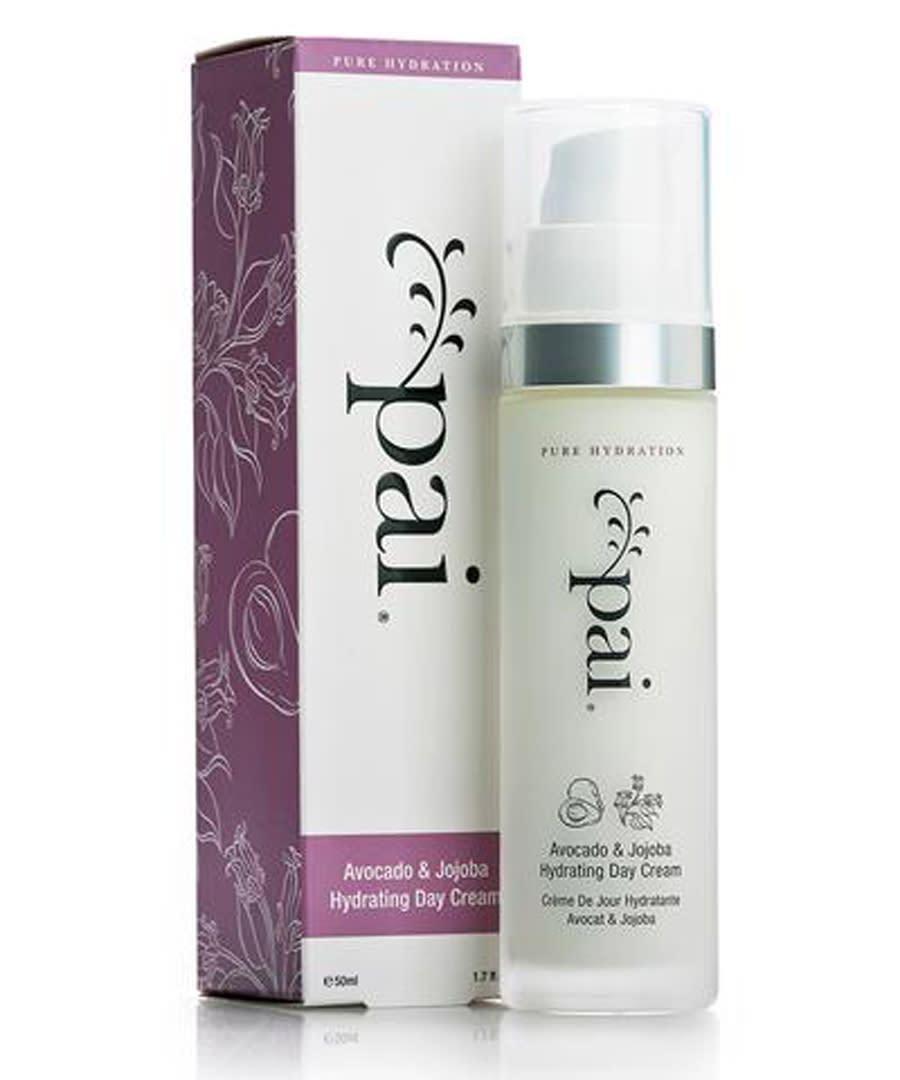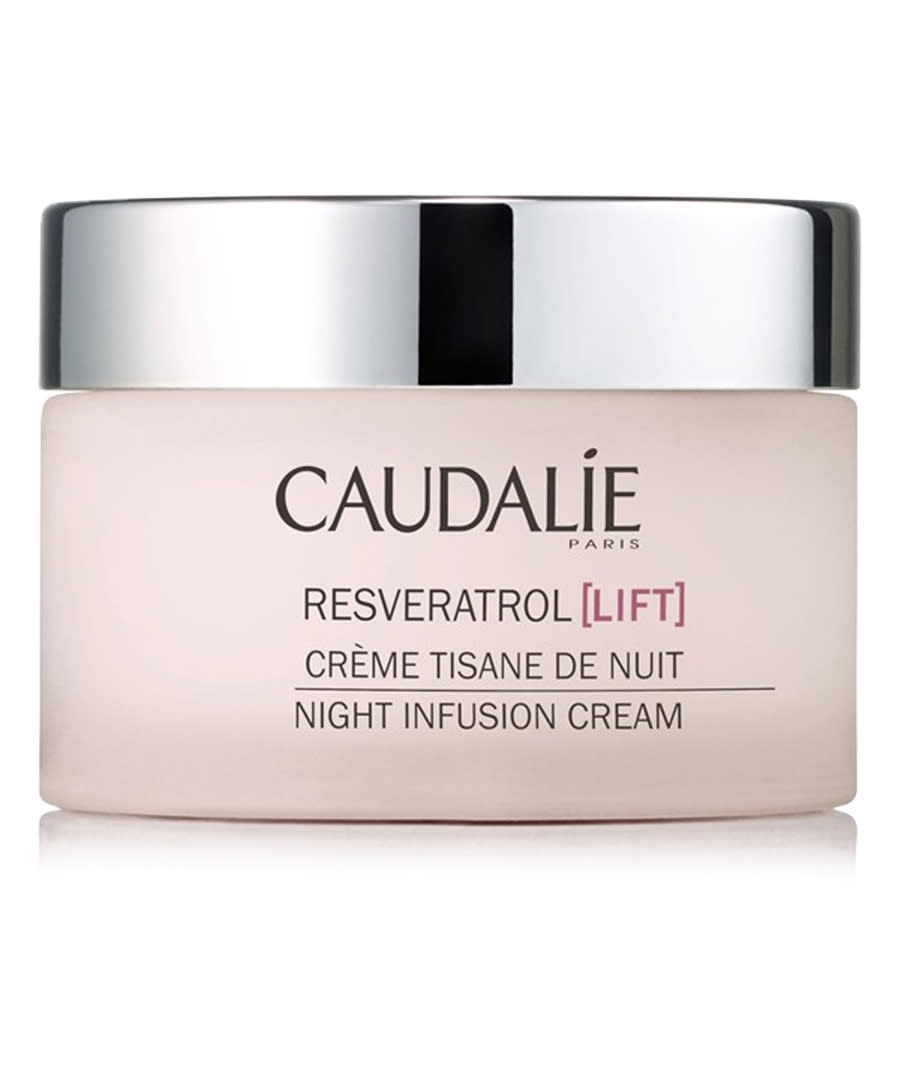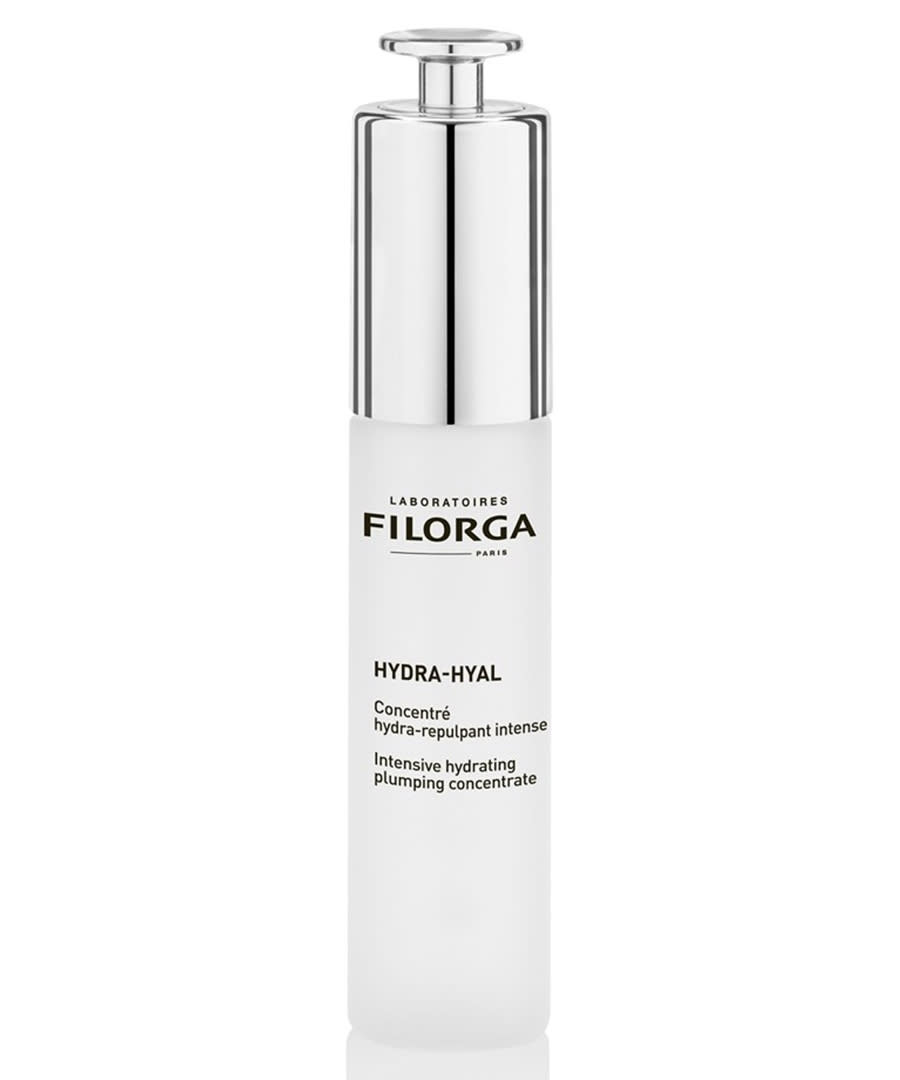Battling Winter Redness Just Got Way Easier
So you don't have to worry about your makeup melting off anymore, but thanks to an evil, ruthless force of nature called wind chill, winter presents a whole new ballgame of skin-care probs we have to deal with, and they're not so cute. While we can celebrate rosy cheeks--in fact, they often signify youthful, healthy skin--redness is different and, well, totally not welcome.
Getting rid of it isn't dependent on a full-coverage foundation, though. Simply understanding why this happens on, say, sub-40-degree days and utilizing the right products can do a lot for your face.
"The dry winter air--meaning the cold outdoor temperatures and the heated indoors--strip the skin of its moisture," says NYC Celebrity Dermatologist Dr. Whitney Bowe of the causes if winter redness. This stripping of moisture can weaken your skin's barrier function, which is what helps protect from irritants and harsh elements like weather.
"Windy days can cause dry skin problems for a lot of people, but even mild wind can cause a flare of symptoms for the rosacea sufferer. So, for those especially cold and windy days, make sure to protect your face from the chill to minimize how intensely your skin is affected," she adds.
But it's not all the wind's fault. Dr. Bowe says that people tend to forget that UV exposure, which can trigger redness, is still strong in the winter. Yep, that means you still need to load up on SPF.
The first step in combating this issue is making swaps in your skin care, just like you would in your wardrobe. "I always say that when you start to layer your clothing is the same time you should start to layer your skincare products," says. Dr. Bowe. "After cleansing, I recommend applying a serum and then a thick moisturizer with hyaluronic acid or glycerin to boost hydration and trap in moisture." In terms of cleansing, our pro notes you should opt for something gentle, like Dr. Brandt Xtend Your Youth A3 Power Foaming Cleanser.
Dr. Bowe says you can also opt for a facial moisturizer with shea butter, but be sure it's s non-comedogenic to avoid breakouts.
In addition to incorporating thicker, more nourishing formulas, you should be sure to exfoliate at least once a week to promote cellular turnover, and sorry, but Dr. Bowe says you might want to cut down on those long hot showers.
To really protect yourself, she says covering up with a scarf or using a cool mist humidifier may be helpful, as well as switching up your diet. "Some studies also show that you can help to calm redness and rosacea symptoms by implementing foods and beverages into your diet with beneficial microbes, like yogurt, kefir, and kombucha," says Dr. Bowe.
Before you hit up the grocery store, though. Make sure your skin-care lineup is suited for the winter sitch. Check out a few of our favorites below.







